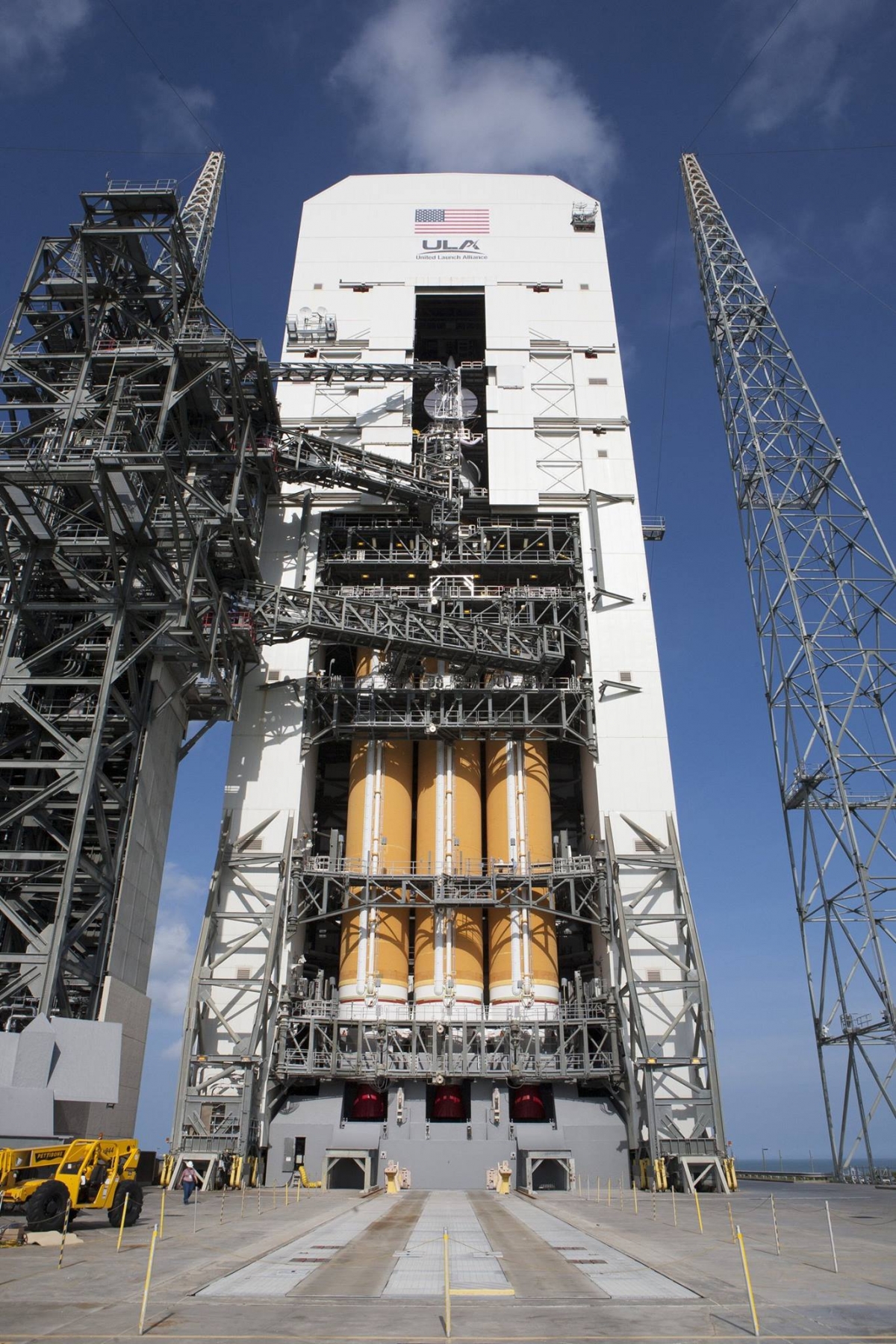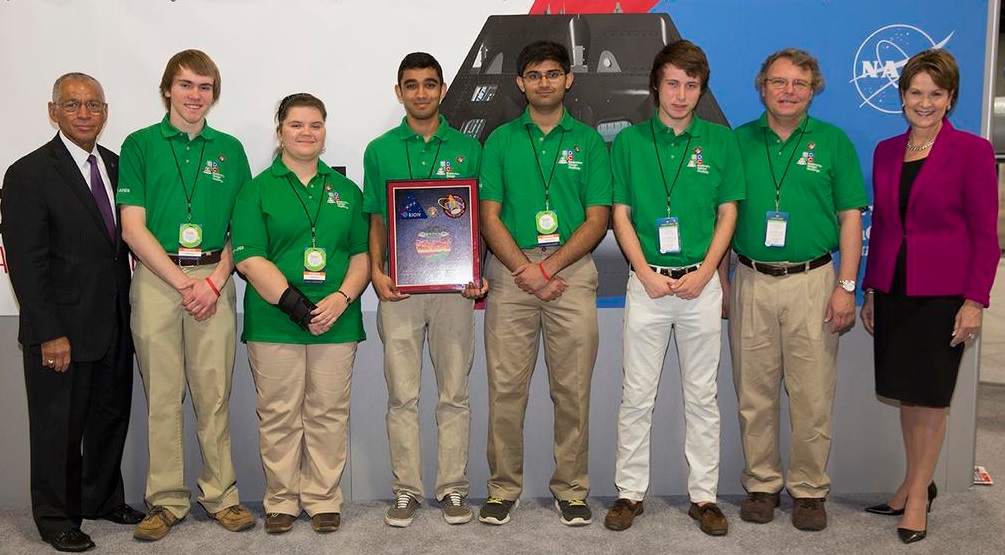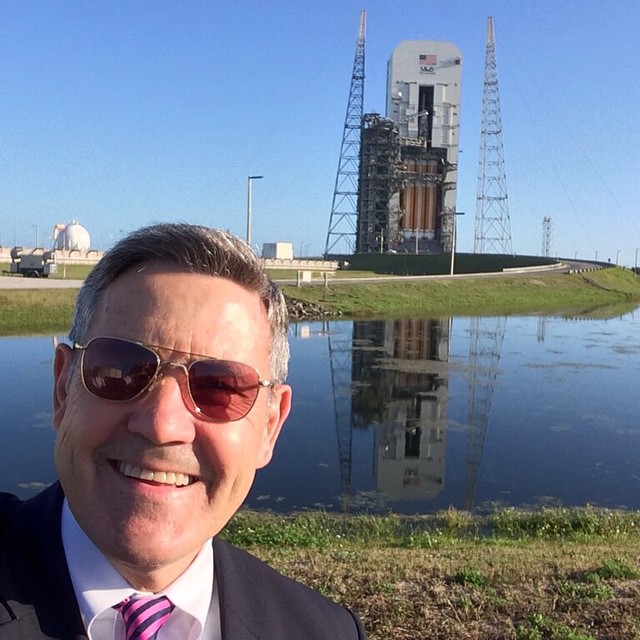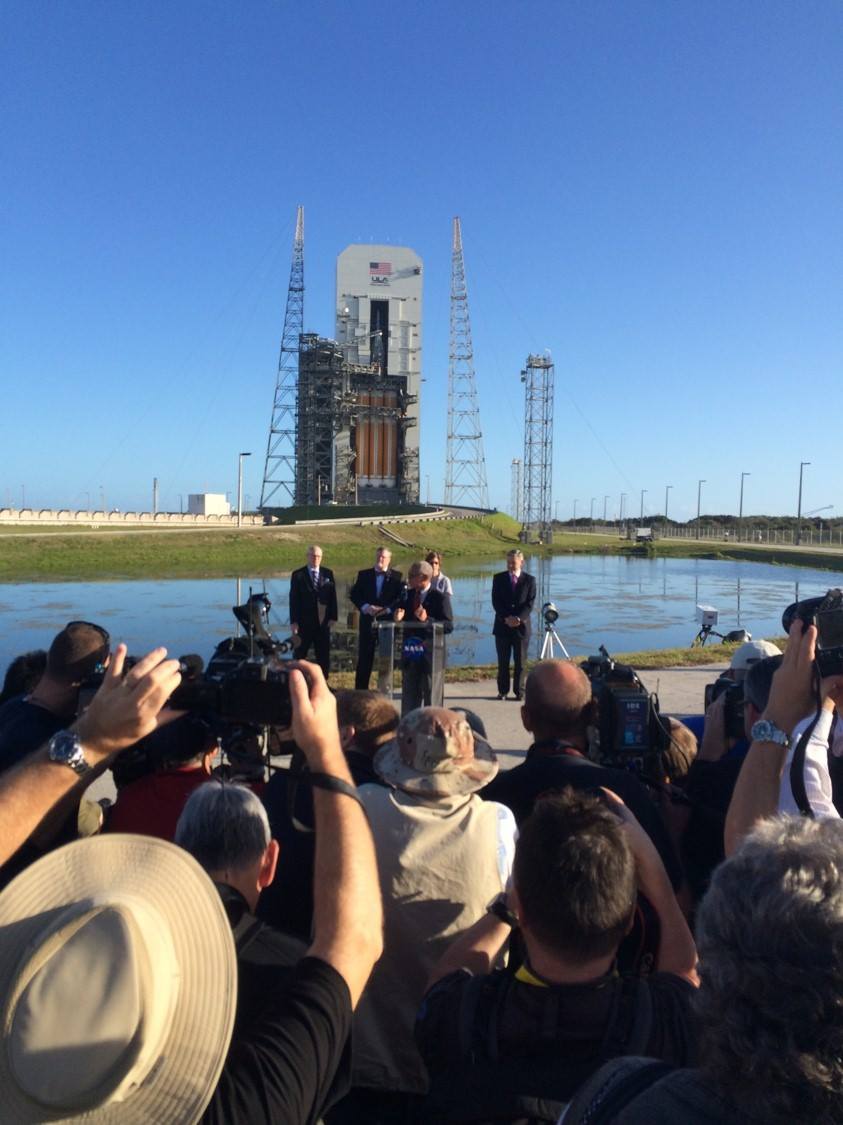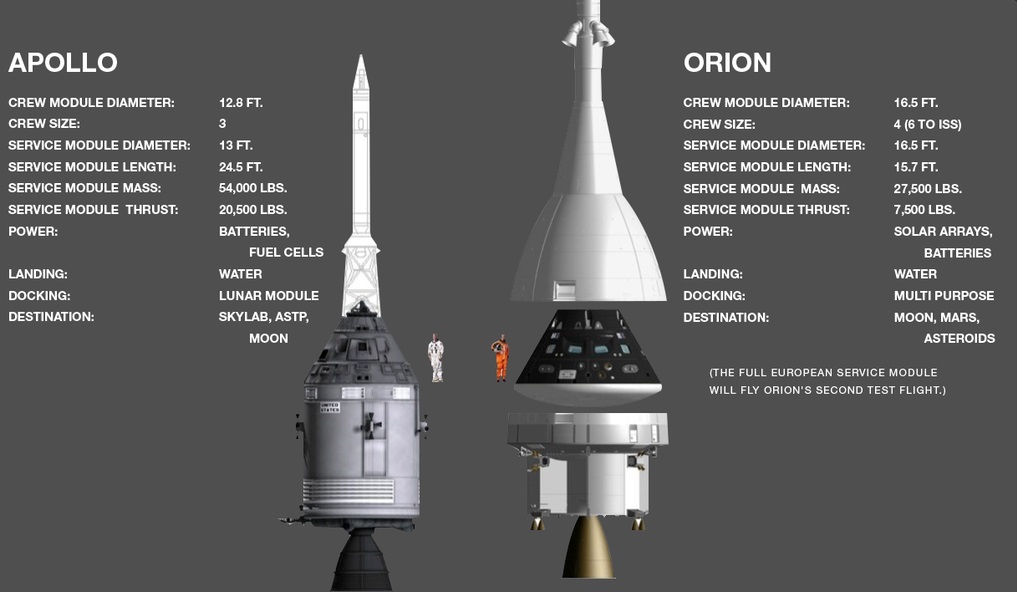The first test flight of NASA's new generation spacecraft is one for the history books as it is the first mission since Apollo to venture into deep space.
8.05 pm (IST): Today's planned launch of Orion is postponed due to valve issue. Next possible launch window opens at 5.35 pm (IST) on Friday, 5 December.
8.04 pm (IST): One final attempt would be made at 8.14 pm (IST), just as launch window closes.
7.58 pm (IST): The NASA radiosays the valves are still not working properly. The next step involves filling the tanks in an attempt to "jostle" the valves into action. With about 20 minutes of the launch window left, it doesn't seem plausible. If they try launching again, technicians will turn off the automatic wind speed monitors which is what caused delays the first two times, and monitor the wind manually.
7.35 pm(IST): Cycling the fill and drain valves has shown that the core booster valve for the hydrogen tank is not showing as it should for launch. Only about 40 minutes left in 4 December launch window, but officials still say they're still hopeful.
7.10 pm (IST): Engineers plan to open and close the Fill-&-drain valves on 3 core boosters to see if that solves the problem. The launch window expires at 8.14 pm (IST).
6.54 pm (IST): Shouting "hold" can be heard again over the radio. A fill and drain valve on the rocket did not function correctly. Standing by as rocket and spacecraft are safed.
Watch Live:
Broadcast live streaming video on Ustream
6.46 pm (IST): All Systems given "go" again, new launch time set for 6.54 pm (IST).
6.40 pm (IST): Weather expected to clear within 45 minutes to 1 hour. One hour and 20 minutes in thelaunch window.
6.20 pm (IST): Automatic detectors sense winds above the limit yet again. The wind speeds have been higher than expected this morning. Wind violation calls for pausing the counting for a third time.
6.16 pm (IST): Everything remains "go" and new launch time set at 6.25 pm (IST). Countdown will resume at 6:21pm (IST).
5.45 pm (IST): The countdown is on hold again due to ground wind exceeding the set limits. Not a show stopper. Official launch window extends until 8.55 pm (IST).
5.35: pm (IST): New launch time is 5.47 pm (IST). Currently, all systems are "go."
5.20 pm (IST): Orion is currently "no-go" due to a range issue. There's a boat in the launch area. Teams working to remove the boat from the area.
The official "launch window" lasts until 9.44am Eastern time, more than two hours after the scheduled 8.55 pm (IST) departure, meaning Orion could still take off today.
5.15 pm (IST): Orion countdown in planned 15-min hold; team will conduct final GO/no-go poll for liftoff
5.05 pm (IST): 35 minutes to launch. Delta IV rocket is fueled & Orion is ready to go
4.35 pm (IST): One hour to launch time.
4.17 pm (IST): NASA promises to answer Orion-related questions during live launch commentary
3.43 pm (IST): Fuel filling completed. It will be consumed by the Delta IV Heavy rocket in less than 4 minutes to help Orion get to orbit.
3:38 pm (IST): Countdown for Orion launch on full swing at Kennedy Space Centre
.@NASAKennedy press site - countdown clock running #Orion #NASA pic.twitter.com/MDiz71qWXS
— Aarti Pole (@aartipole) December 4, 2014
3.08 pm (IST): Orion program management team reviews vehicle status at the launch control centre.
2.00 pm (IST): Orion's launch team has given a "go" for cryogenic tanking. Probability of violating weather constraints for a 24-hour delay increased from 40% to 60%

The four-and-a-half hour flight, called Exploration Flight Test-1, will send the Orion craft 3,600 miles from Earth on a two-orbit flight to confirm its critical systems are ready for the challenges of eventually sending astronauts on deep space missions to an asteroid and Mars.
NASA is making the launch a very social event, with NASA Social answering fan questions about Orion on Reddit and posting a historic selfie of the Kennedy Space Centre director in front of Orion and the ULA DeltaIV rocket launcher.
The launch at 7.35 pm (IST) is expected to be loud, bright and smoky. After orbiting once around the Earth, the upper stage of Orion will re-ignite, propelling it further. Once the crew module, after separating from the upper stage, makes contact with the atmosphere several parachutes will be dispatched creating a drag and slowing Orion down.
On completion of both orbits, the spacecraft will splash down in the Pacific Ocean off Baja California.
NASA hopes to use Orion to take astronauts to the moon in 2020s and to Mars in the 2030s, while a midways mission to an asteroid is also on the cards.
A NASA media briefing on November 6 at Kennedy Space Centre had highlighted the fully assembled Orion spacecraft and details of its first test flight.
Live streaming of the Orion Flight Test will begin at 7.05 am ET on the NASA website.


